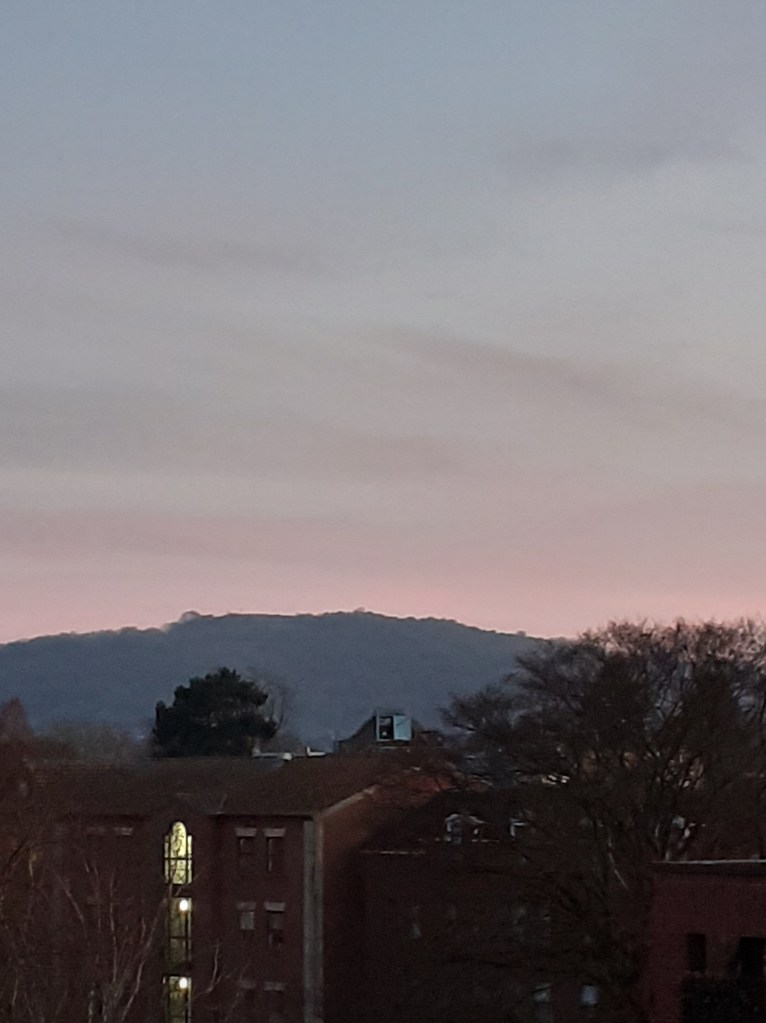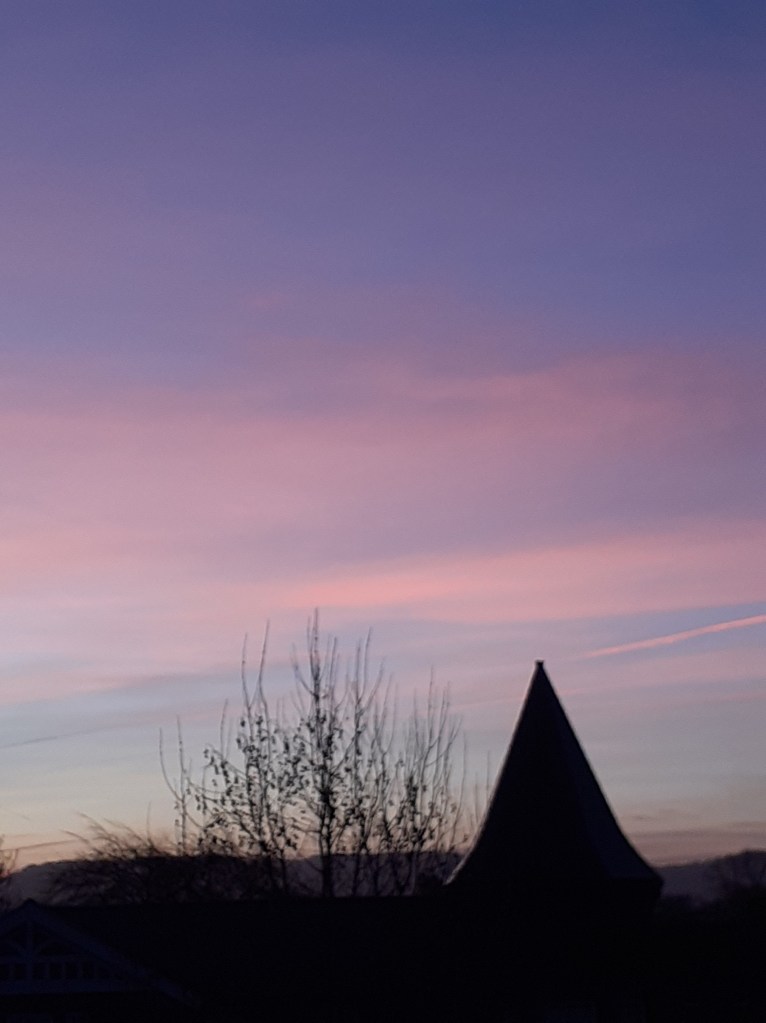TAO TE CHING AND THE DARK NEW MOON
“The Tao Te Ching is at heart a simple book. Written at the end of the sixth century B.C. by a man called Lao-tzu, it’s a vision of what our lives would be like if we were more like the dark new moon.
“Lao-tzu teaches us that the dark can always become light and contains within itself the potential for growth and long life, while the light can only become dark and brings with it decay and early death. Lao-tzu chose long life. Thus, he chose the dark.” (1)
Red Pine’s translation of the Tao Te Ching has been around in its present form since 2009, but I have come across it only recently. It has given me a new lens on this much loved ancient text. Red Pine is the nom de plume for Bill Porter, who was born in Los Angeles in 1943, grew up in the Idaho Panhandle, served a tour of duty in the US army (1964-7) and went on to study anthropology. Dropping of graduate school in 1972, he moved to a Buddhist monastery in Taiwan for four years before becoming involved with English language radio stations in Taiwan and Hong Kong. In 1993 he moved back to America, since which time he has been an independent scholar specialising in Chinese Buddhist and Taoist texts.
The word Tao (road or way) is made up of two characters, one meaning ‘head’ and the other meaning ‘go’. Red Pine cites a modern scholar of comparative religion, Professor Tu Er-wei, to suggest that : “the ‘head’ in the character tao is the face of the moon. And the meaning of ‘road’ comes from watching this disembodied face as it moved across the sky”. He also reminds us that the symbol Taoists have used since ancient times to represent the Tao shows the two conjoined phases of the moon.
China was divided in Lao-tzu’s time. and he was based in the state of Ch’u, described as being on the ‘shamanistic periphery’ of Chinese culture. The Ch’u rulers took for their surname hsiung (bear) and they called themselves Man or Yi, “which the Chinese in the central states interpreted to mean ‘barbarians’… The influence of Chu’s culture on Lao-tzu is impossible to determine, but it does help us better understand the Tao Te Ching, knowing that it was written by a man who was no stranger to shamanistic conceptions of the sacred world. Certainly as Taoism developed in later centuries, it remained heavily indebted to shamanism”. Specifically in relation to the Tao Te Ching, “Lao-tzu redirects vision to that ancient mirror, the moon. But instead of pointing to its light, he points to its darkness. Every month the moon effortlessly shows us that something comes from nothing”. For it is the new moon that holds the promise of rebirth. The first verse of his translation reads:
The way that becomes a way
Is not the Immortal Way.
The name that becomes a name
Is not the Immortal Name.
No-name is the maiden of Heaven and Earth.
Name is the mother of all things.
Thus in innocence we see the beginning
In passion we see the end
Two different names
For one and the same.
The one we call dark
The dark beyond dark
The door to all beginnings.
At other points in the text, according to Red Pine, Lao-tzu says that the Tao is between Heaven and Earth; it’s Heaven’s Gate; it’s empty but inexhaustible; it doesn’t die; it waxes and wanes; it’s distant and dark; it doesn’t try to be full; it’s the light that doesn’t blind; it has thirty spokes and two thirteen-day (visible) phases; it can be strung like a bow and expand or contract like a bellows; it moves the other way (relative to the sun, it appears/rises later and later); it’s the great image, the hidden immortal, the crescent soul, the dark union, the dark womb, the dark beyond the dark. These can all be seen as lunar images.
There is of course a place for the light as well. We approach the elusiveness and namelessness of the Tao through Te – virtue, both in a moral sense and as the power to act. Without the Tao, Virtue would have no power: without Virtue, the Way would have no appearance. These are the two poles: the Tao, the body, the essence, the Way; and Te, the light, the function, the spirit, Virtue. In terms of origin, the Tao comes first. In terms of practice, Te comes first. The dark gives the light a place to shine. The light allows us to see the dark. But too much light blinds. “Lao-tzu saw people chasing the light and hastening their own destruction. He encouraged them to choose the dark instead of the light, less instead of more, weakness instead of strength, inaction instead of action”.
This is not the only way to read, or work with, the Tao Te Ching. For me, it’s not the kind of text that offers fixed meanings and interpretations. But it does seem clear to me that a lunar inspiration, and lunar imagery, stand behind this work and are part of its construction. I feel enriched by having this pointed out and demonstrated through Red Pine’s translation.
(1) Red Pine Lao-tzu’s Taoteching: with Selected Commentaries from the past 2,000 years Copper Canyon Press, 2009 https://www.coppercanyonpress.org/ (First edition published in 1996)








